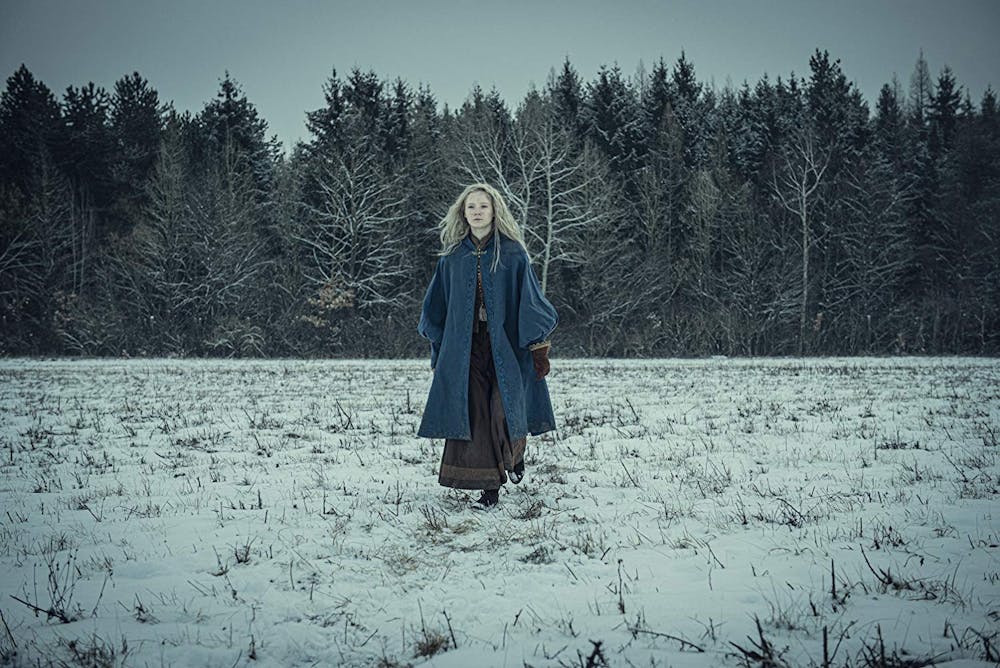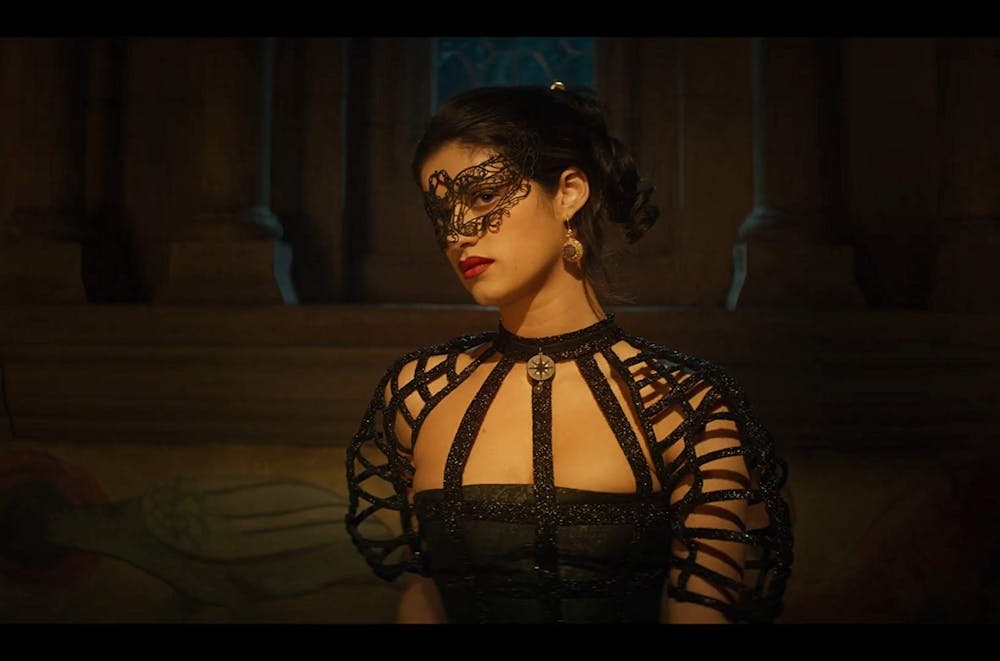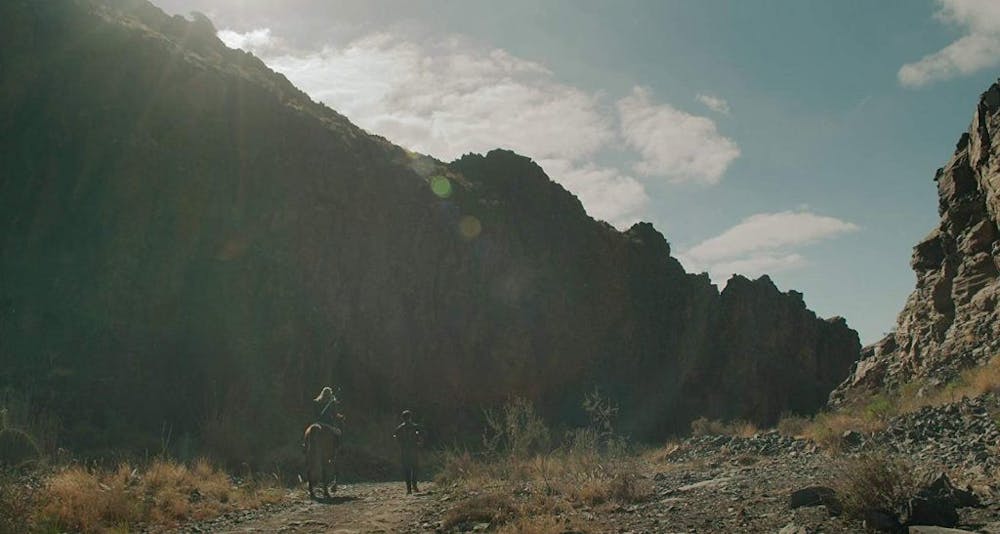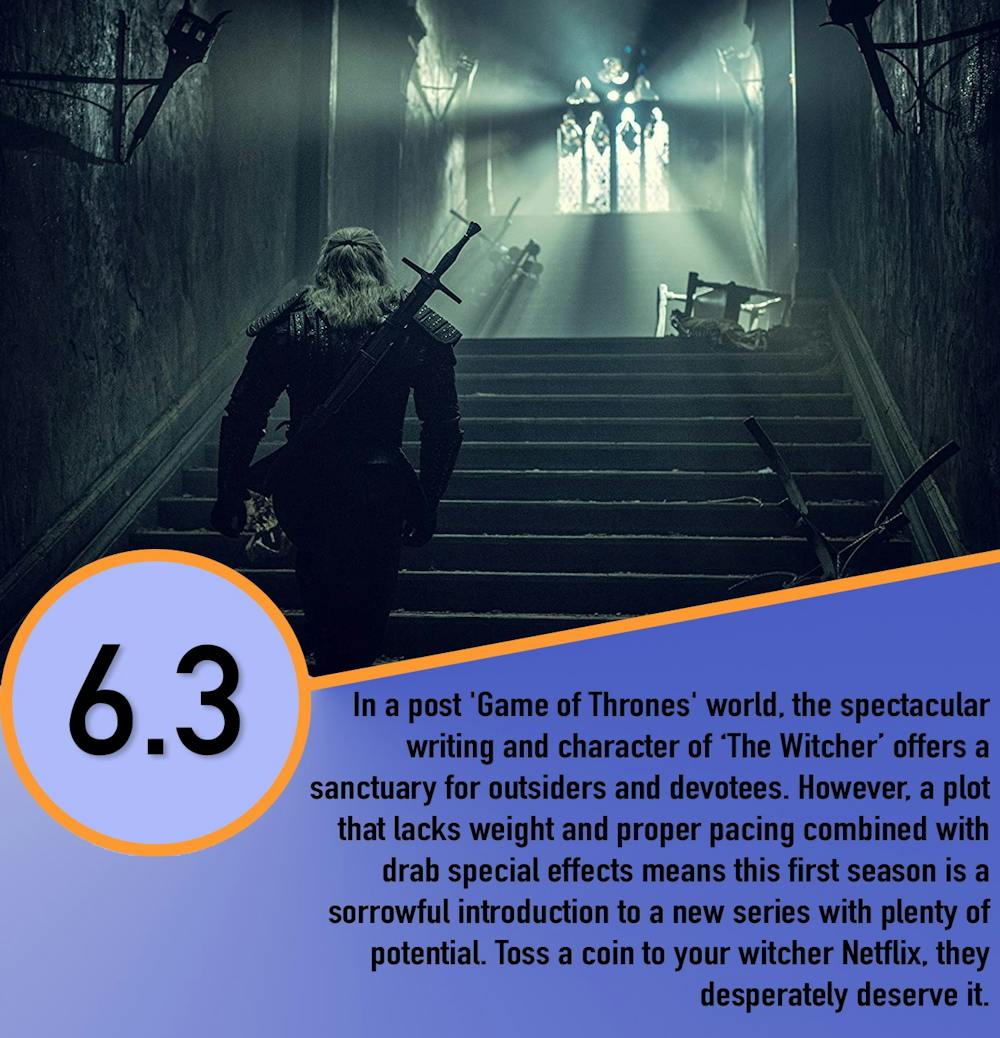Disclaimer: This review contains spoilers for The Witcher.
The Witcher series of novels and short stories by Polish writer Andrzej Sapkowski tell the epic tale of a mutant monster hunter named Geralt of Rivia. While traveling through the unnamed continent, Geralt is hired to slay a plethora of beasts; most often focusing on horrors from Slavic mythology. When brute strength is not the answer, he must use his wit and keen understanding of human nature to escape from the persecution of himself or others. Through this greater narrative, Geralt encounters themes of xenophobia, class warfare, and gender prejudice while on his travels, and more often than not finds that humans are the true monsters of this world.
After eight published books translated into 23 languages and three world-renowned video games, Netflix decided to adapt the tale of Geralt, Yennefer, and Ciri into an eight-episode season based solely off of Sapkowski’s works. While the series so far leaves plenty to be desired from long-time fans as well as rookies, this introduction has more potential than just being another Game of Thrones knockoff.
A crumbled story that eventually rises from the ashes

Image from IMDb
For fans of the CD Projekt Red games, especially those who discovered the series first with the release of The Witcher 3: Wild Hunt, the story of The Witcher seems very unfamiliar. Princess Cirilla of Cintra is caught up in the impending Nilfgardian invasion after her grandmother Queen Calanthe encourages her to find Geralt of Rivia, a warrior who has been entwined in her destiny since birth. We are also introduced early on to Yennefer of Vengerberg, a half-elven sorceress who is quickly inducted into the Brotherhood of Sorcerers. Rounding out the trio is Geralt, a bounty hunter mutated with heightened abilities gained through blasphemous ritual traveling the continent while completing quests for coin.
The key to understanding how each of our three main characters’ stories intertwine is by realizing that they do not all start in the same time period. What the first season of this Netflix adaptation aims to do is tell a branching narrative where each character’s origins are told in a non-linear fashion to better develop their motivations and personality. While this method of storytelling requires the viewer to do a fair amount of deductive work to piece the early parts of the season together, the first signs of this organization are not hinted at until halfway through the season. This becomes more disorienting because the lore of the world never reaches solid footing in only eight episodes that run on average for an hour apiece. Ultimately the show sets no real concept of time as connected adventures happen in bursts with characters claiming they have not seen each other in decades.

Image from IMDb
Even though the overarching narrative of the brotherhood’s political ideologies and Nilfgaard’s imperialist attitudes zoom past with no true development or established context, individual character’s plotlines are spectacular. Yennefer’s journey from a misshapen hunchback to a prominent and powerful sorceress is incredibly detailed. Geralt’s journeys are some of the best aspects of the entire show. Not only do they make for a wonderful bard’s tale (thanks Jaskier) but present the white wolf with multiple scenarios for him to flesh out who he is as more than just another monster hunter. Though Ciri’s journey to find that fated witcher is at times monotonous and nonsensical, she blossomed from a narcissistic frightened young girl to a hardened protagonist with a better understanding of what her grandmother’s sheltering had turned her into.
However, there are noticeable signs of fatigue throughout the season when it comes to the narrative holding up excellent characters. Most of this stems from a pacing basis as the plot can not rightfully thicken with only eight episodes and requiring three different tales to be told at the same time (while happening at different times). For one, there is not a noticeable balance between how Geralt’s evolution is constructed and the rest of the cast. When an episode is not entirely based on his most recent contract, the show lacks in quality, and when Yen comes into the mix, their chemistry and romance bound forward with no time to feel genuine. As for Ciri, she is given the least amount of screen time, meaning her story has to basically do the most with the least resources. The political interferences between kingdoms and the brotherhood are a bore to slog through and the conclusion to the show is best described as unimaginative geopolitical drivel.
You are a witcher, Henry

Image from IMDb
What the show lacks in narrative consistency, it more than makes up for with some of the best writing and acting ever conceived in the made-for-television fantasy drama. The most engrossing scenes in the entire season are when characters are just sharing a bit of dialogue. Geralt’s writing is terrific and ranges from widely insightful to ironically funny, and for a mutant who is rumored to lack emotion, Henry Cavill delivers with an equally terrific performance. It did not take fans long to deduce that Cavill was an aficionado in the source material himself, and his charisma, charm, and chemistry with the character shines whenever he is on screen.
Anya Chalotra does a wonderful job portraying Yennefer of Vengerberg. She is a dynamic character whose motivations are well-planned and evolve throughout her transformation into a famous mage while having some excellent dynamism with Geralt. While Ciri is not given enough screen time to elicit a genuine development cycle, she is the one character who goes through the most change throughout the story. The heavy elements of class warfare and coming to terms with her family’s wrongdoings directly influences her growth towards independence.
The rest of the cast is more of a mixed bag who offer some hilarious and memorable scenes at their best and seem merely out of place or unwanted at their worst. Jaskier the traveling bard acts as a great foil to Geralt’s often sour personality and the whole of Queen Calanthe’s court offers extraordinary exposition that causes the audience to view previously established characters in a completely new light while requiring Geralt to finally grow beyond a purely centrist attitude. Even with those big shots, there are still many subpar characters who seemingly should matter more but are not written in a satisfying way. These include the entirety of the Brotherhood of Sorcerers, King Foltest, the elves, Ciri’s would-be captor Cahir, and even Triss Merigold. They all seem to pop in without warning and pop out without having said anything important in the grander scheme of the show. Their appearances are often unwarranted and never grow beyond ornamental extras.
Production as butchered as Blaviken

Image from IMDb
The most painful part of The Witcher experience for longtime fans, newcomers, and Game of Thrones refugees is the frequently poor quality special effects the show uses. What makes The Witcher a unique series in the first place is how well it intertwines the force of magic with the physical world and the interesting monsters that inhabit it. To be honest, the spells and creatures that inhabit this continent seem to be ripped straight out of Buffy: The Vampire Slayer. The show tries its best to blend practical effects with animated sequences but it never hits a solid note of realism. At times it is almost laughable how lackluster the designs are for what should be impressive feats of alchemy or monster construction. Only in isolated moments does the first season show promise that it can display the vibrant and creative world that makes this universe so popular.
Hand-to-hand combat is truly where the strengths of The Witcher lie. Flashes of steel and silver swords flow excellently on screen and the choreographed combat remains epic without skimping on brutality. Every sword stroke, cast of a sign, and drop of blood bring finality and substance. This extends to all characters in the show as well, not just Geralt. The Nilfgaard’s barbarism is on full display whenever they are present and visually establishes their character as bloodthirsty and raw from the very start. Smaller elements of production play a substantial role as well. The costuming in the show adds a much-needed layer of color and complexity, overall quality of directing is orderly, and Geralt’s signs are not completely watered down.

Images: IMDb
Featured Image: IMDb
For more entertainment related content, visit us at Byte BSU!



















